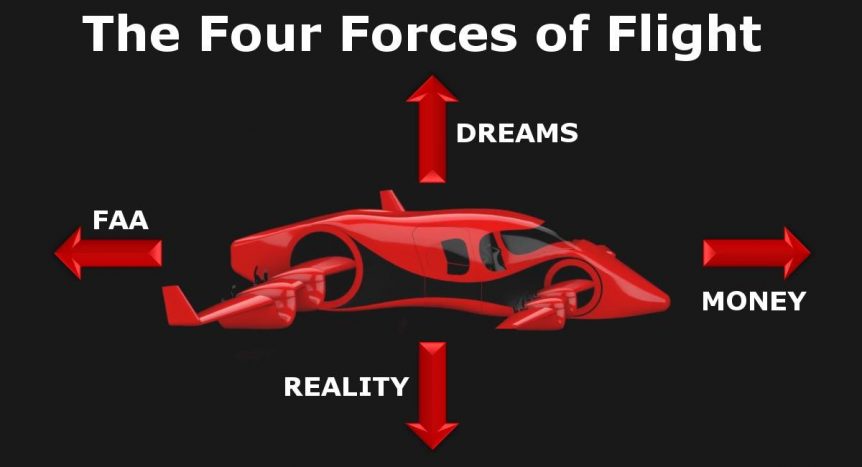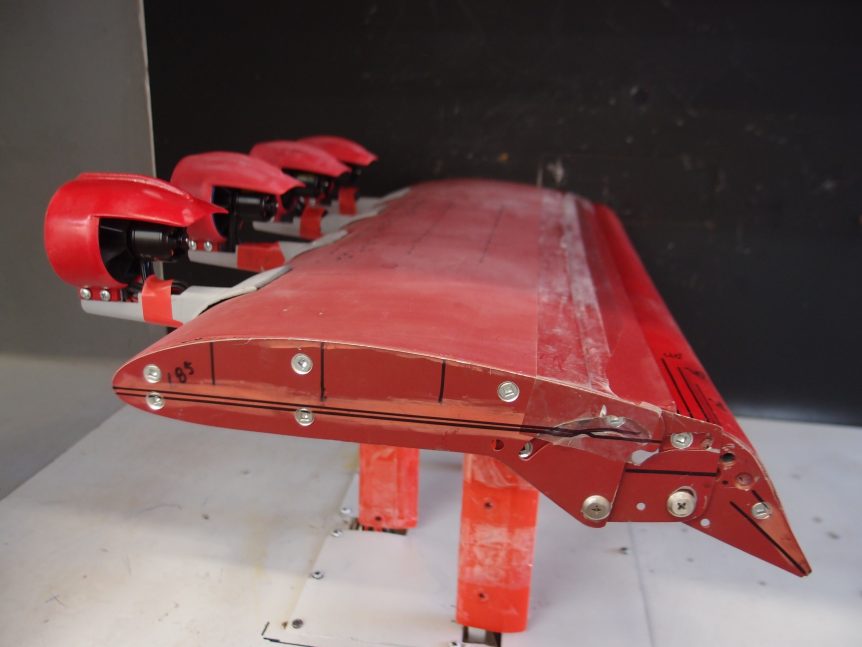With 2020 lurching into life in some turbulence, HopFlyt promises a smooth, above-the-fray experience. A look back at an innovative aircraft designer, the new variant applies electric power and new structural techniques unknown when Willard Custer had his inspiration. HopFlyt is a modern interpretation of that vision, with distributed electric propulsion, 3D-printed components, and simplified control systems. Willard was a far-sighted soul in the 1940’s, when aircraft were either all wood, all sheet metal, or mixed structures of wood, chromoly tubing and fabric. The composites that freed designers for swoopier things were a few decades away. Willard Custer’s Big Idea Reputedly a descendant of George Armstrong Custer, Willard Custer envisioned a propeller in a semi-circular channel that might produce lift as well as thrust. This blog channeled that history in an earlier article on HopFlyt in 2017. While you can see real-life footage of the original channel wing concept in that entry, we turn to Tom Stanton, who built a …
The I.D.E.A.L. Becomes Real with JabirWatt
Dr. David Ullman taught mechanical engineering and project management for over three decades, and his books on the mechanical design process are consistently sought after. His current project, JabirWatt, is hangared at his home in Independence, Oregon, and combines the internal combustion propulsion of its Jabiru engine with the lift-enhancing addition of four electric ducted fan motors on the wings. A project partner, Vince Homer, lives nearby on the airport. Both have hangars filled with things of genius, including the well-instrumented wind tunnel on which David tests his ideas (or I.D.E.A.L – Integrated Distributed Electric-Augmented Lift). Slightly different from the approach promised in his presentation at last year’s Sustainable Aviation Symposium, the modified Jabiru sacrifices its rear seat for a large battery box to power the (now) four electric ducted fans (EDFs) atop the inner part of the wing. He’s since presented at this year’s CAFE Foundation symposium and at AirVenture 2019. Different From a Maxwell Your editor has joked …


